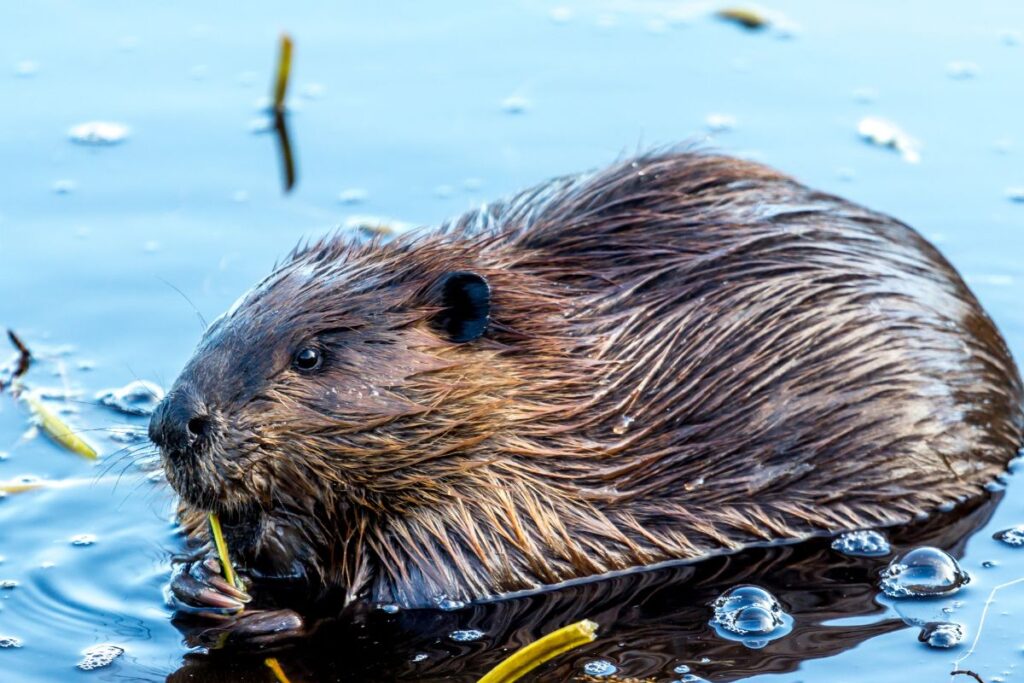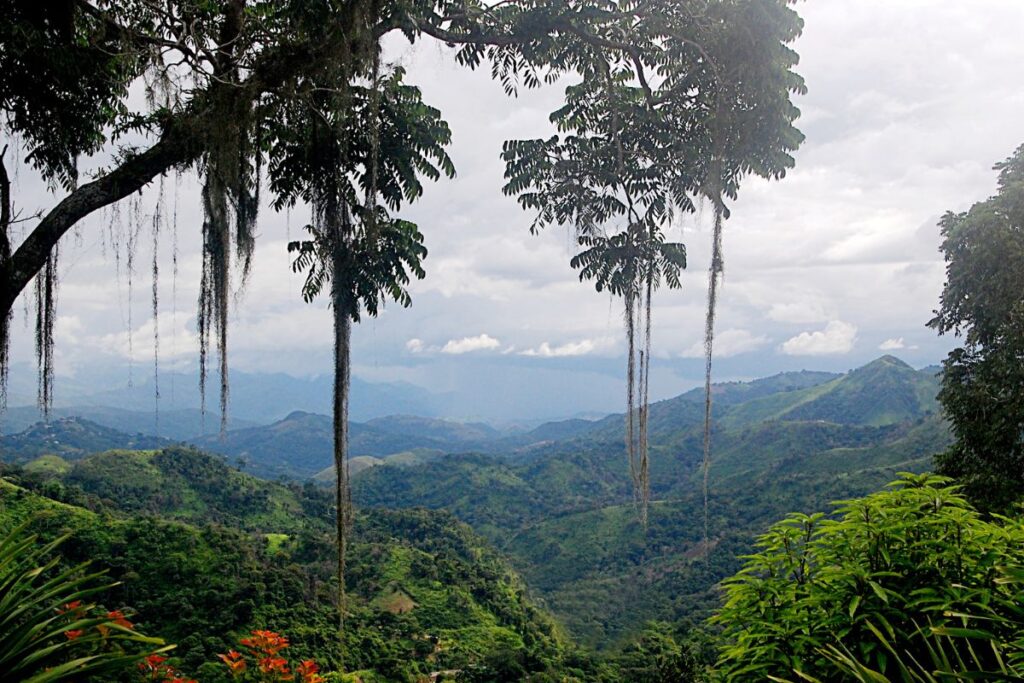
As the world grapples with the consequences of biodiversity loss and environmental degradation, there is hope in the form of successful conservation efforts. Across the globe, initiatives to restore ecosystems, protect wildlife, and repair damaged habitats have proven that nature can bounce back when given the chance. Here are five inspiring examples of how determined action has transformed industrial wastelands and degraded environments into thriving oases of biodiversity.
1. Protecting Our Oceans

Oceans, covering 70% of the planet, hold immense biodiversity. Yet, only 2.8% are effectively protected. Marine Protected Areas (MPAs) have become key to preserving species from overfishing, pollution, and habitat loss. Countries like the Seychelles and the Azores have seen whale populations and marine life rebound after establishing MPAs.
2. Fighting Invasive Species

Invasive species are responsible for 25% of plant extinctions and 33% of animal extinctions, threatening biodiversity on a global scale. Eradication efforts, such as removing 20,000 rats from Palmyra Island, have allowed ecosystems to recover dramatically. Native species began to thrive again, showing the power of targeted conservation. However, climate change is exacerbating the spread of these destructive species, allowing them to invade new habitats and making it harder to control their impact on fragile ecosystems.
3. Restoring Wetlands

Wetlands, vital for preventing floods and supporting wildlife, are among the most degraded habitats. Efforts to restore them are succeeding in places like Florida’s Everglades and Sri Lanka’s transformed wetlands. Wetlands also play a critical role in storing carbon, helping to curb climate change.
4. Saving Keystone Species

Keystone species, like beavers and forest elephants, play a crucial role in shaping ecosystems and supporting biodiversity. Their presence influences the environment in ways that benefit a wide range of other species. Reintroducing them can transform entire landscapes. For instance, in Montana, replacing cattle with bison has allowed native plants and wildlife to flourish, creating a healthier, more balanced ecosystem. Protecting these keystone species is essential to maintaining biodiversity and ecosystem resilience.
5. Reviving Forests

Deforestation threatens global biodiversity, but forest restoration offers hope. In Ecuador’s Los Cedros, legal personhood was granted to a cloud forest, halting mining and turning it into a sanctuary. Experts advocate protecting existing forests for the most effective carbon sequestration and biodiversity gains.







